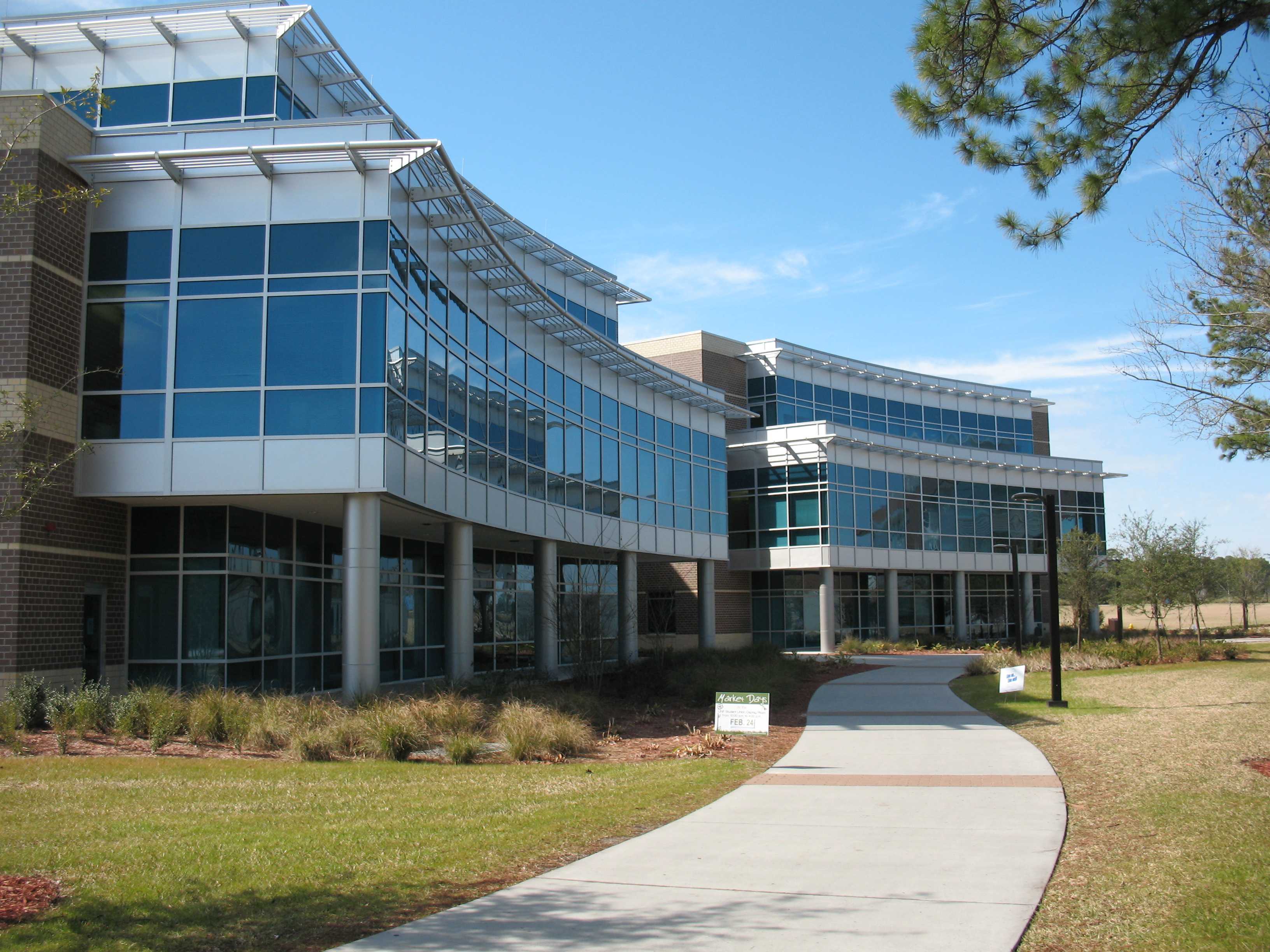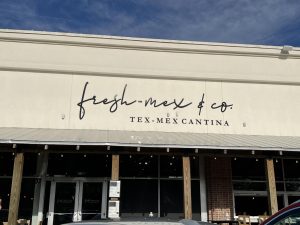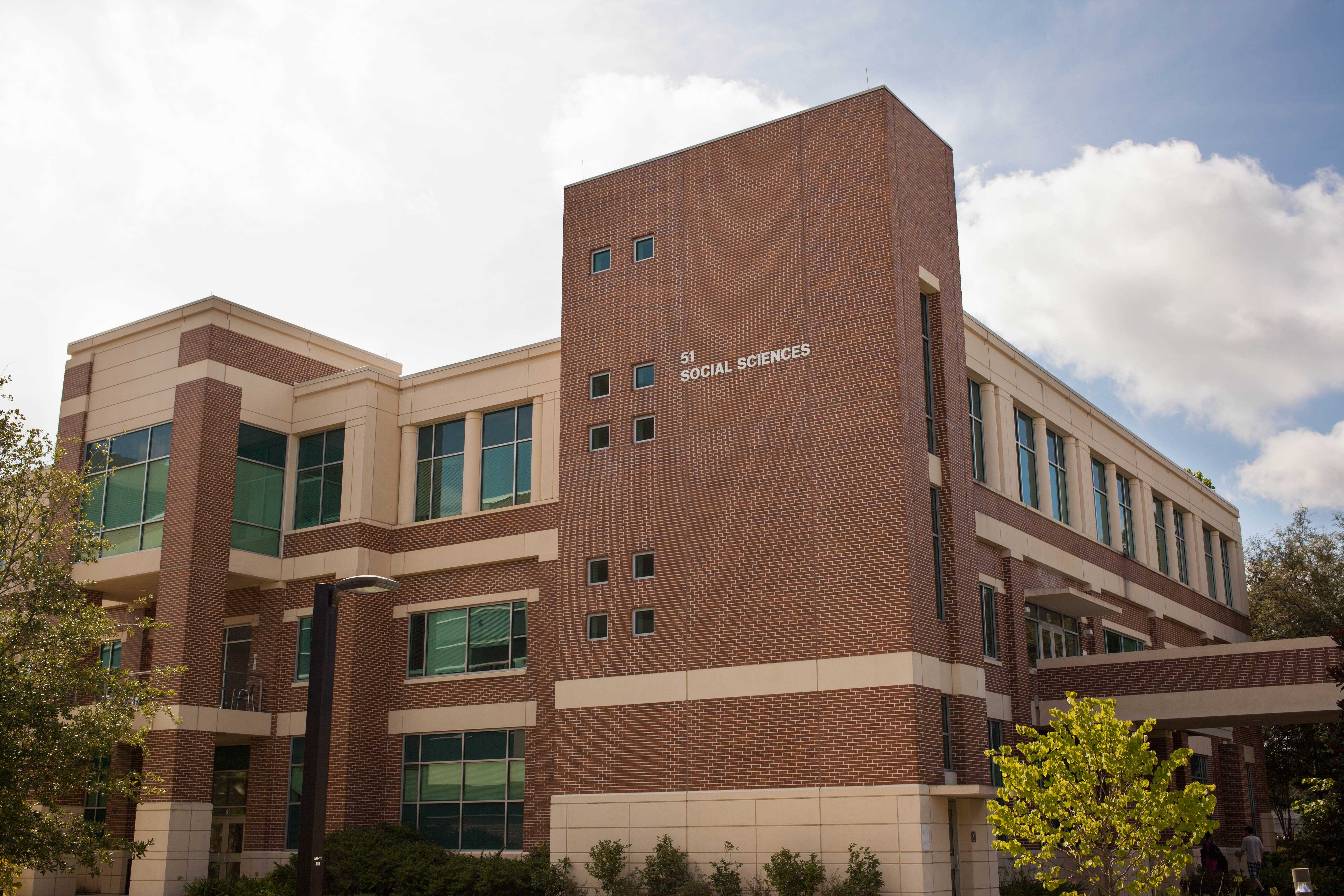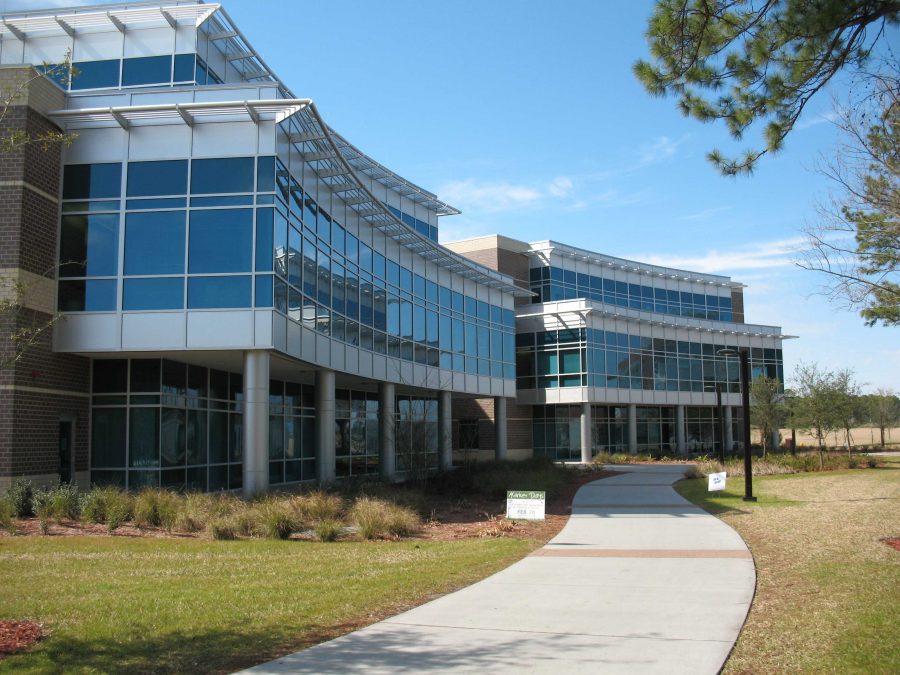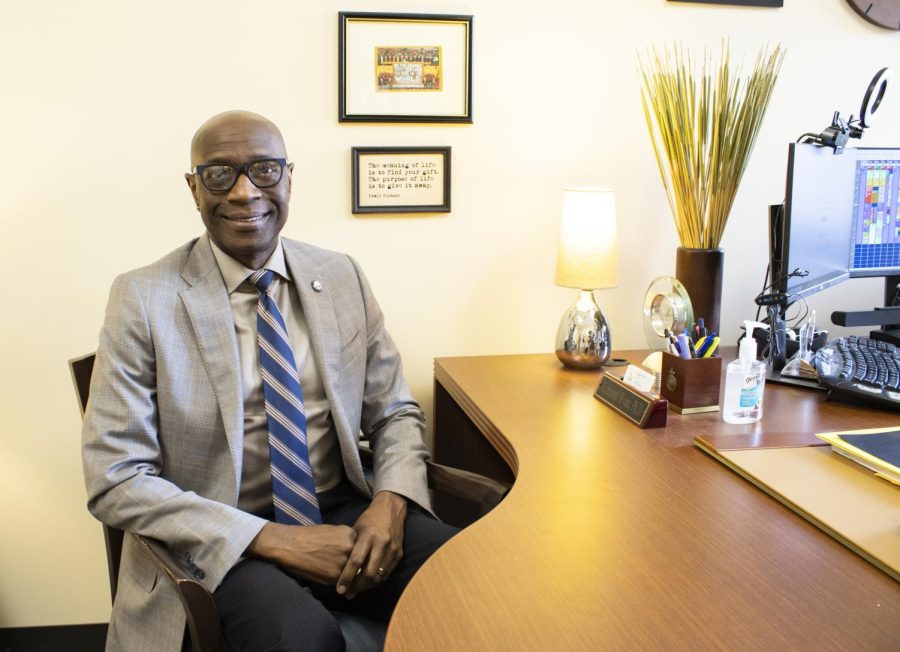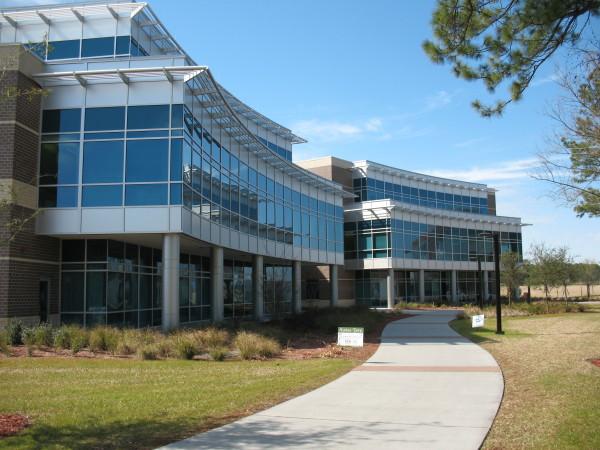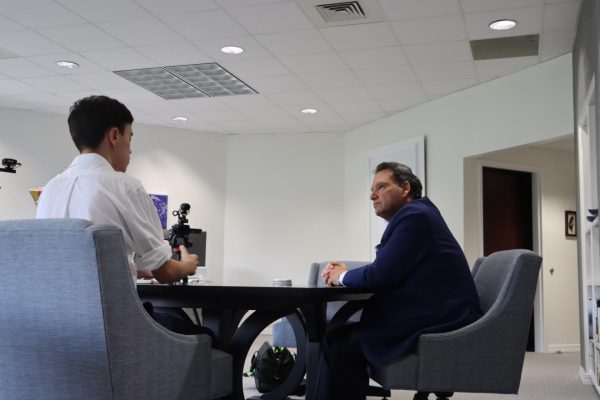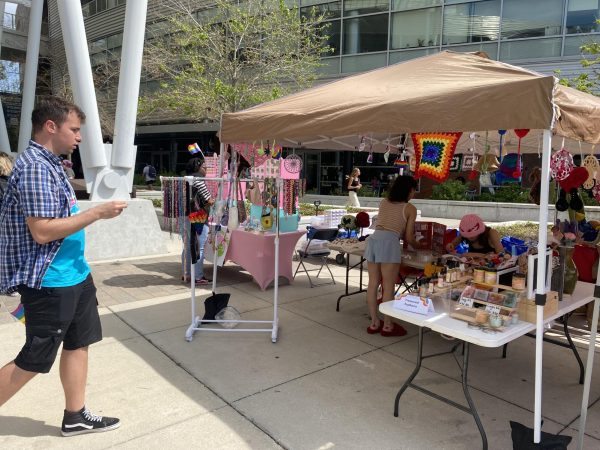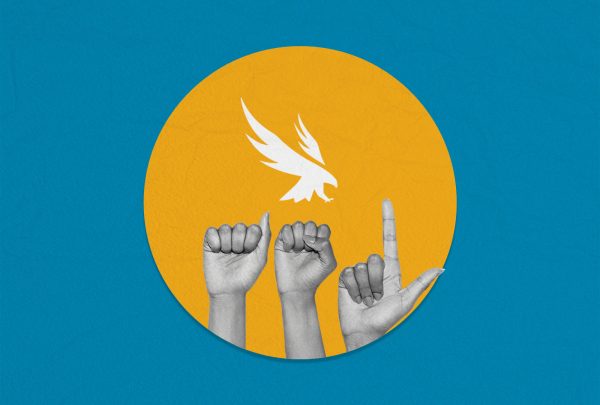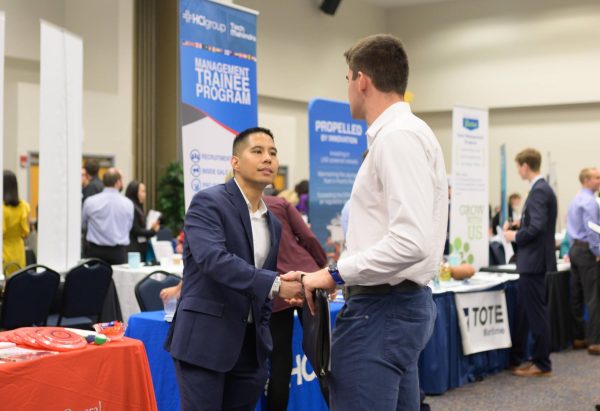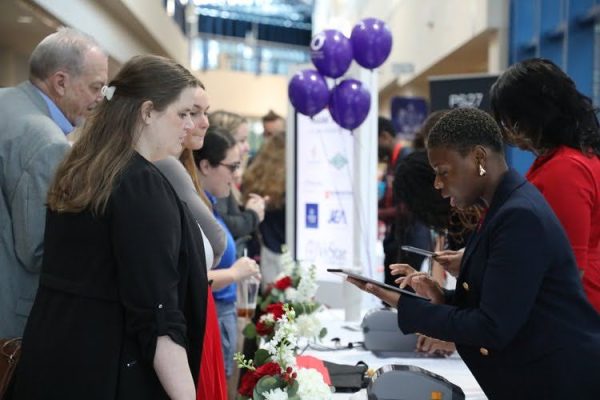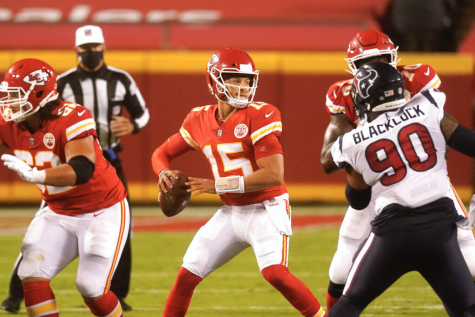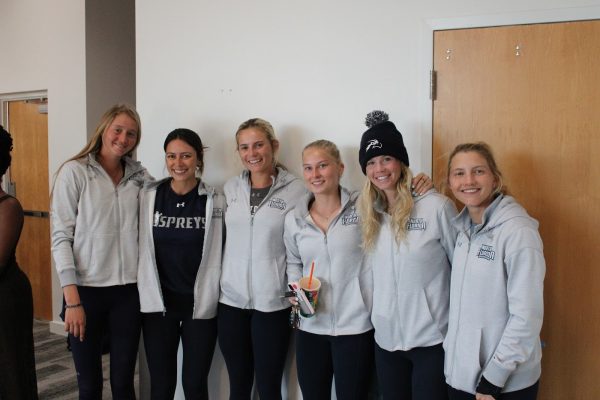Navigating an ever-changing world, UNF professor on what’s next after graduation
May 5, 2023
Another graduate class will step out of their caps and gowns and into professional work attire today. Just like that, the college chapter of life comes to a bittersweet end. Now what?
The leap from college into the abyss that is the “real world” can be jarring, but it’s comforting to know that opportunities remain endless. After all, the workforce in America has changed in many ways over the last few decades.
For one, the COVID-19 pandemic changed the day-to-day lives of millions of Americans as working from home suddenly became the new normal. Even after the majority of restrictions were lifted, nearly 30% of work remains remote as of the beginning of this year.
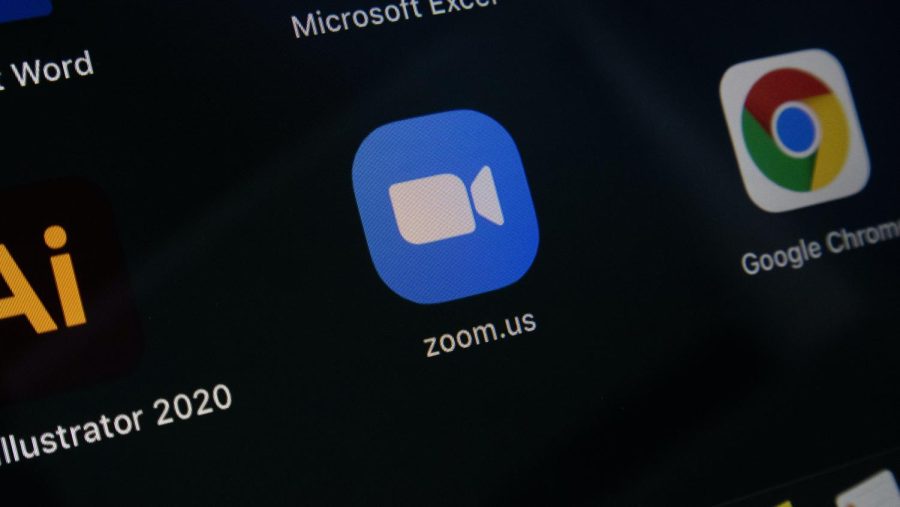
Gradually, some companies are returning their employees to the office and settling back into their old skin. However, if the pandemic taught employers one thing, it’s the importance of resilience.
With this new landscape, businesses are looking for candidates that are willing to quickly adapt to change now more than ever, explained Russell Triplett, an associate professor of economics at the University of North Florida.
Employees are also having similar realizations, recognizing that their first jobs are merely the first steps in their career, Triplett said.
“That should feel a little liberating, a little freeing, in that you need not be locked in. You need not make this decision that is going to stick with you forever,” he said. “But I think that has a scary side too, of course.”
There have been attitude shifts by businesses and employees alike. On one hand, companies are looking for self-starters and innovative workers. On the other, employees are increasingly looking for jobs that do more than just write a good paycheck.
“I think this generation of graduates, in recent years, put a premium on their desire that their work will be meaningful, either to themselves or perhaps to some kind of larger community,” Triplett said. “But that means that the search for the best match when it comes to jobs and employers might be a little more complex than just looking for ‘where do I find the highest paying job?’”
As far as job opportunities, Triplett said that the labor market in the United States is still very healthy and that this year’s graduates should find a lot of opportunities, both in terms of the number of jobs that are out there, as well as wage potential.
Another daunting part of entering the “real world” is navigating the housing scene. During the pandemic, the country saw a rapid increase in home prices. Triplett explained this could be partially credited to low-interest rates and people relocating as everything went remote.
While the pandemic paid its fair share of contribution to the increase in the price of homes, the United States has long experienced a national housing shortage.
Jeffery Hayward, Executive Vice President of Fannie Mae, wrote in a blog post that after the Great Recession, new home construction dropped dramatically. He said that “the pandemic-induced materials and labor shortages exacerbated the trend, as evidenced by the surge in rents and home prices in 2021.”
The Business Insider reported that although home prices have dropped since their 2022 highs, they remain far above their pre-pandemic levels. Heightened demand and increased competition will likely keep home prices high, the article wrote.
Like everything else, one’s housing affordability is dependent on a variety of factors. While it’s certainly not impossible to buy a home in today’s housing market, Triplett said it’s unlikely that a state like Florida which has continued population growth, to see dramatically lower prices in homes.
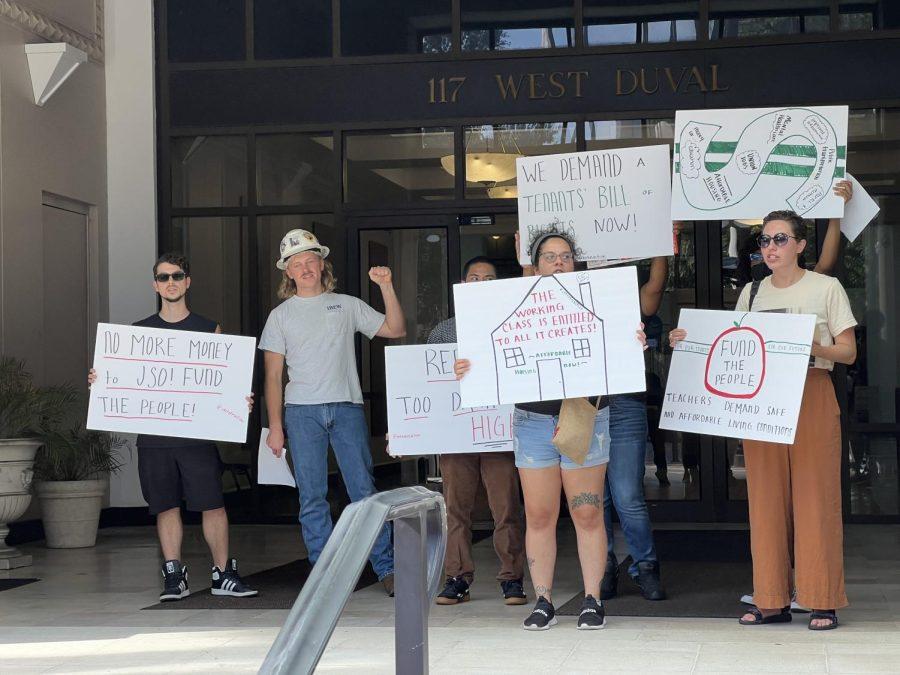
It’s also not just housing that has seen dramatic price changes. Data shows, on average, wages have been slow to keep up with the general price increases since inflation first drastically increased.
A report from Statista found that the rate of inflation exceeded the growth of wages in April 2021, with inflation amounting to 4.2%, while wages grew by 3.2%. However, the growth of wages surpassed that of inflation for the first time since early 2021 in April of 2023.
The imbalance between prices increasing and wages struggling to keep up has been an evident burden on millions of American families.
Triplett said there’s no one right answer as to when things may begin to level out again. It depends on what is believed to be the major sources of current inflation — classic supply and demand.
Those on the supply side believe that today’s inflation is due mostly to disruptions of the supply chain or in production and manufacturing in the labor market, which was seen a lot during the pandemic.
“If you’re on the supply side… you’re pretty optimistic,” Triplett said. “You think these things will slowly work themselves out, and then inflation will slowly decline.”
Those on the demand side of the debate point to the amount of stimulus from the federal government, in the form of monetary value and low-interest rates, designed to boost the economy.
“That fueled a lot of buying and a lot of consumption at a time when there wasn’t a whole lot available to be purchased, and that can lead to rising prices. There was a mismatch,” Triplett said.
Relieving this demand pressure means raising interest rates and in turn, raising mortgage rates, car loans, credit cards — anything that is interest-rate sensitive becomes more expensive. In the end, the purpose is to slow that demand, slow consumption and slow buying behavior.
“Almost certainly it’s a little bit of both,” Triplett said.
Inflation rates have been in a downward trend. A few months ago, they were around 9% but now sit at around five-and-a-half to 6%. Although it’s well away from the targeted 2% that we saw prior to the pandemic. Nevertheless, there’s a hopeful downward trend occurring.
A 2019 report from Harvard Business Review interviewed 54 college graduates and found that some of the main discrepancies experienced between college and the “real world” lie in feedback, relationships and accountability.
Some students said that the change from once receiving immediate feedback and the structure found in college shifts in the professional world and it’s a difficult challenge the navigate that transition. Others cited challenges from the new amount of accountability that school doesn’t always prepare students for.
“When you’re young coming out of college, you don’t realize what you’re walking into. You either perform or you don’t, and you could lose your job any day,” one interviewee responded.
The shift from college to professionalism is one of the first major steps young people take, and although the reality being faced can seem like a scary one, there certainly are promising opportunities and endless freedom waiting for the next generation of college graduates.
___
For more information or news tips, or if you see an error in this story or have any compliments or concerns, contact [email protected].



